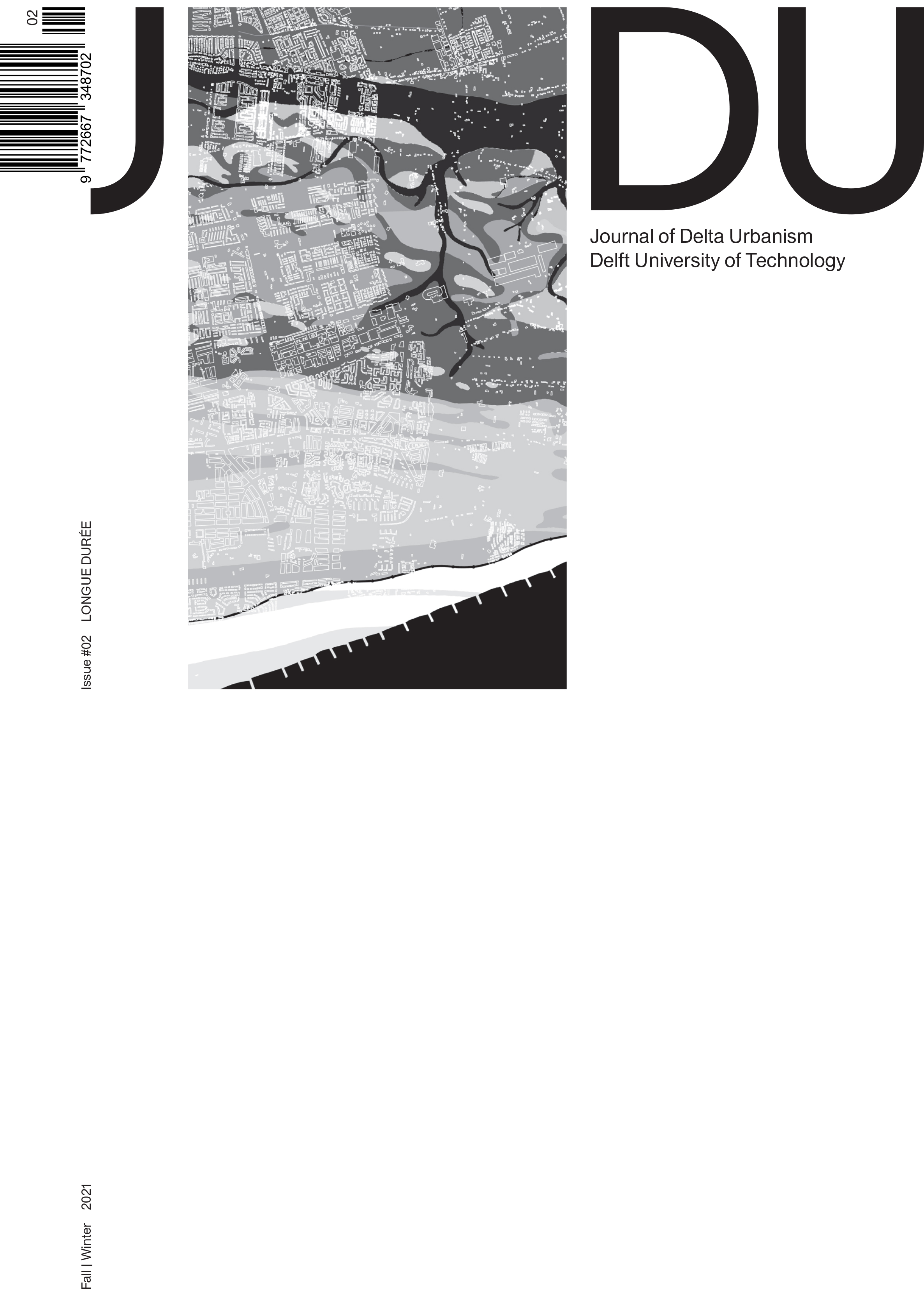Abstract
The concept of “Building with Nature” refers to a harmonious way of creating environments for new living, working and recreation spaces with respect to nature. It also builds resilience to natural events such as storm surges and thus involves the design of infrastructure. This is done with the intention of ensuring the preservation or expansion of environmental and ecological resources, nature, and landscape. Moreover, it considers climate change and sea level rise as well as more frequent and intense storms, resulting in floods and land subsidence. The concept of Building with Nature is strongly connected to an industrialized society. Before the Industrial Revolution, technological advances and engineering, people were forced to live and work according to the rules of nature. This paper seeks to discover what we can learn from 19th century concepts on Building with Nature that are rooted in the pre-industrial era. The paper explores the history of the science of soil and water, in deltaic regions and focuses on the United States and the Netherlands during the nineteenth century. Within these contexts, two key historic figures are positioned, Joseph Raymond Thomassy and Willem Antonie Scholten. By reflecting on the communication between Thomassy and Scholten, the paradigm shift diverging from Building with Nature is exposed and takes on a new and compelling meaning of both an industrial approach and a natural solution to water management.

This work is licensed under a Creative Commons Attribution 4.0 International License.

